Between 1902 and 1919, the operators of the Mass Mill dumped over two billion pounds of stamp sand—the toxic crushed rock left over from copper mining—into Lake Superior near the L’Anse Indian Reservation. Since 2000, the community and multiple government partners have been collaborating to bring nature back into what was a 71-acre deadscape. Their work isn’t done, but the plants, insects, and birds returning to the Sand Point Restoration Site aren’t complaining.
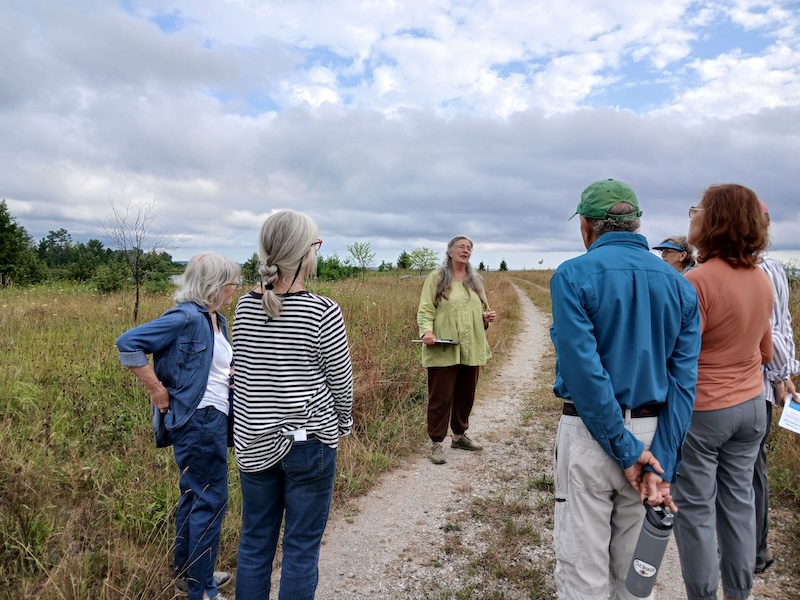
Karena Schmidt, ecologist for the Keweenaw Bay Indian Community, outlines the history of the Sand Point Restoration Site to members and guests of Keweenaw Wild Ones during this August 4 guided walk.
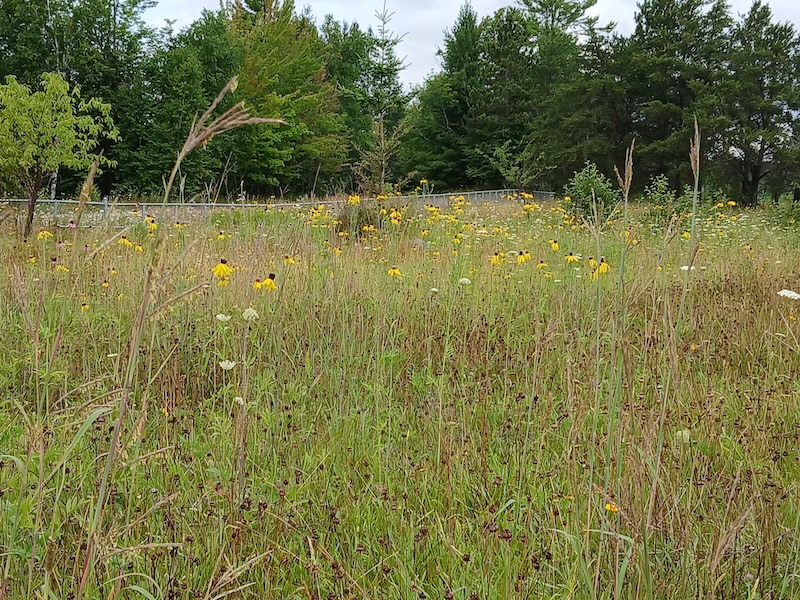
For several years, Karena has been leading a tribal effort to restore the area’s native plants. Thousands, including this Rudbeckia species, have been grown in the KBIC greenhouse and transplanted here. Initially, the site was covered with half a million cubic yards of topsoil and then seeded with a Michigan Department of Transportation seed mix.

As part of the project, scientist are evaluating various willow species to determine if they can upload copper from the underlying stamp sands. The test plants are marked with flags.
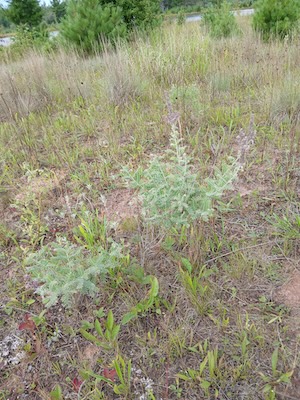
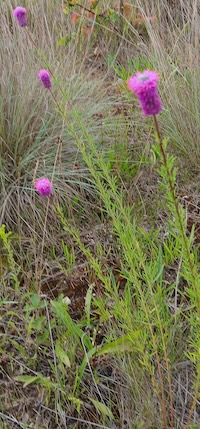

A few of the plants we spotted on the tour were lead plant, a rare prairie shrub; purple prairie clover and its striking magenta blossoms; and meadowsweet growing in a nearby wetland.

After our walk, Wild Ones headed over to David Hunter’s estate. We enjoyed a pot luck…
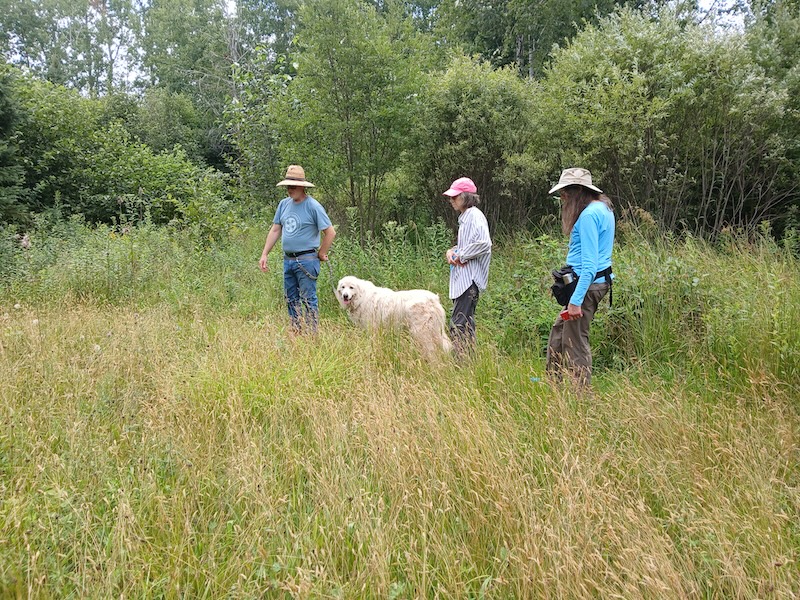
… and joined David and his dog Bianca on a tour of his property. David has been adding natives throughout his several acres of woodland and wet meadow. He’s also the owner of the Keweenaw’s first and only mainly-natives nursery, Kismet Gardens.
